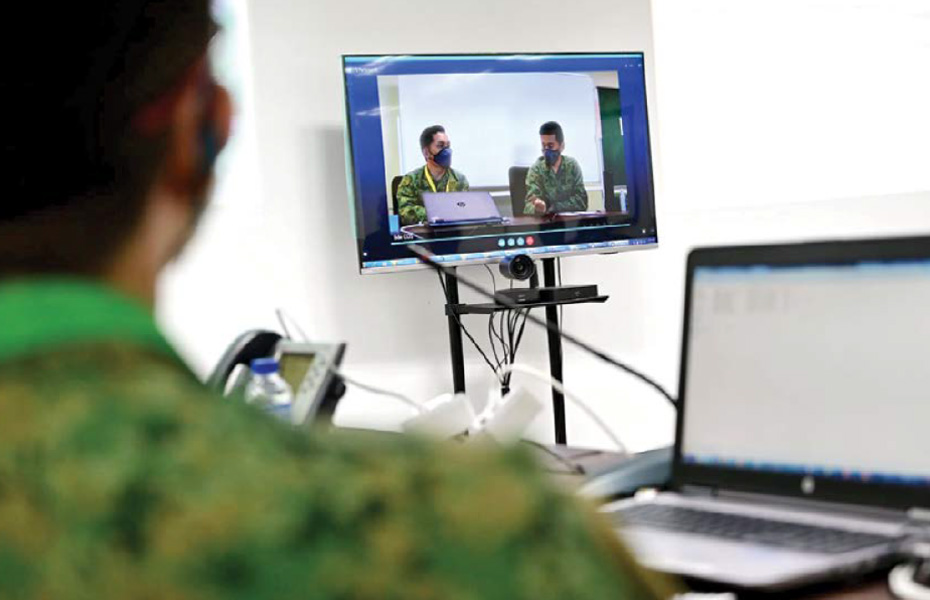While the solutions set out here were common-sensical and uncomplex, what was noteworthy was the mindset that enabled the SAF to carry on “business as usual” so that no conflicting demands had to be compromised. More than ever, as our operating environment is increasingly characterised by competing demands and tensions, SAF leaders must have a robust and resilient mindset. We must not start off by assuming that any solution will need mitigations and trade-offs. We have to shake off the “Tyranny of the OR” and not set limits on possibilities. It is good for our commanders to open their minds and even challenge first principles and deep-seated assumptions. Otherwise, they will have self-imposed constraints that make them miss opportunities to generate innovative solutions.
In his book Built to Last, Jim Collins sought to answer the question: How do some companies prosper over a long time, through multiple product life cycles and multiple generations of active leaders, in a dynamic, global and multicultural world?
Of the many aspects of the companies that Collins analysed, one feature he noted was that such companies “do not brutalize themselves with the Tyranny of the OR”. He defined Tyranny of the OR as the purely rational view that you can have either A or B, but not both. Strong and resilient companies reject having to choose, for instance, between stability or progress, conservative practices or ambitious goals.
Collins found that the best companies instead embraced the Genius of the AND - which is the paradoxical view that allowed them to pursue both A and B simultaneously. Rather than choose between A or B, they figure out a way to have both A and B.
A robust and resilient mindset is critical as we work on force transformation. Our experience during the pandemic, when SAF units had to quickly adopt new concepts and tap on technology to achieve full outcomes, was most instructive. It points us to think hard about what we must do so that the SAF can continue to transform even in the face of constraints; can do more with less. Some of these efforts are already underway and provide a glimpse of how the SAF can meet seemingly competing objectives with tighter resources.
Manpower is one obvious area where we will have to do more with less, as the birth rate shows no sign of picking up. We are already reviewing the medical classification system, so that the focus is on the operational effectiveness of each individual instead of the binary classification of combat-fit and non-combat-fit. We can then better deploy people to vocations that best match their functional abilities and skillsets. There is also much potential for exploiting technology to augment our people's operational effectiveness. Such measures will enable the SAF to fully harness the capabilities of every single person, as well as to do more with fewer people.
Our operational mental models will also need to shift. Traditionally, military planning processes tend to simplify demands and chart courses of action with generally linear pathways to the objective, so that it is easier for tactical action. But what confronts us now is a Volatile, Uncertain, Complex, Ambiguous and Disruptive (VUCA-D) environment in which multiple seemingly contradictory and competing objectives are commonplace and the norm. Instead of looking for trade-offs and compromises, the SAF must be adept and comfortable operating in such an environment. In the multi-dimensional battlespace of the 21st century, this shift in operational mental models is necessary if the SAF is to develop strategies and plans that enable us to win. The Genius of the AND will serve us better than the Tyranny of the OR.

9th Singapore Infantry Brigade successfully conducted their ICT in September 2020 by utilising a hybrid approach, to allow essential operations and planning to carry on despite SMM/COVID-19 restrictions.
Source: MINDEF